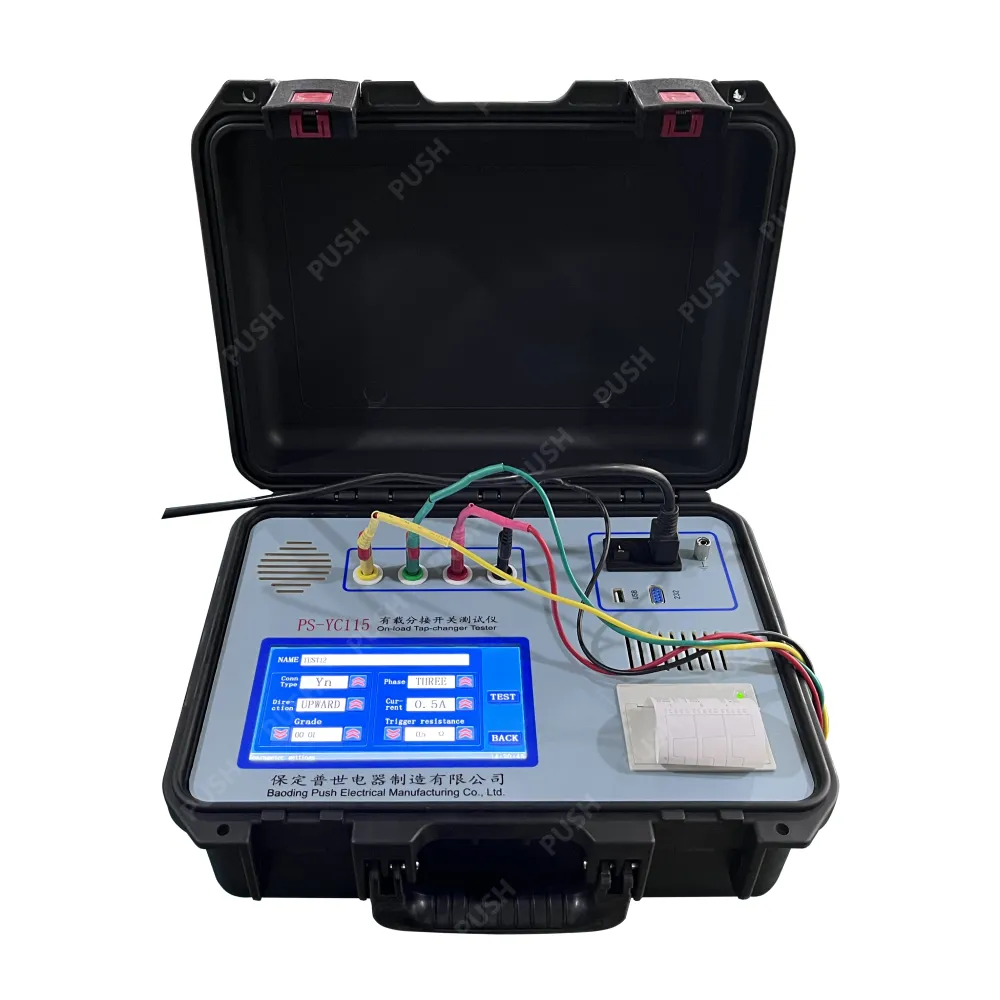 English
English



-
 Afrikaans
Afrikaans -
 Albanian
Albanian -
 Amharic
Amharic -
 Arabic
Arabic -
 Armenian
Armenian -
 Azerbaijani
Azerbaijani -
 Basque
Basque -
 Belarusian
Belarusian -
 Bengali
Bengali -
 Bosnian
Bosnian -
 Bulgarian
Bulgarian -
 Catalan
Catalan -
 Cebuano
Cebuano -
 China
China -
 China (Taiwan)
China (Taiwan) -
 Corsican
Corsican -
 Croatian
Croatian -
 Czech
Czech -
 Danish
Danish -
 Dutch
Dutch -
 English
English -
 Esperanto
Esperanto -
 Estonian
Estonian -
 Finnish
Finnish -
 French
French -
 Frisian
Frisian -
 Galician
Galician -
 Georgian
Georgian -
 German
German -
 Greek
Greek -
 Gujarati
Gujarati -
 Haitian Creole
Haitian Creole -
 hausa
hausa -
 hawaiian
hawaiian -
 Hebrew
Hebrew -
 Hindi
Hindi -
 Miao
Miao -
 Hungarian
Hungarian -
 Icelandic
Icelandic -
 igbo
igbo -
 Indonesian
Indonesian -
 irish
irish -
 Italian
Italian -
 Japanese
Japanese -
 Javanese
Javanese -
 Kannada
Kannada -
 kazakh
kazakh -
 Khmer
Khmer -
 Rwandese
Rwandese -
 Korean
Korean -
 Kurdish
Kurdish -
 Kyrgyz
Kyrgyz -
 Lao
Lao -
 Latin
Latin -
 Latvian
Latvian -
 Lithuanian
Lithuanian -
 Luxembourgish
Luxembourgish -
 Macedonian
Macedonian -
 Malgashi
Malgashi -
 Malay
Malay -
 Malayalam
Malayalam -
 Maltese
Maltese -
 Maori
Maori -
 Marathi
Marathi -
 Mongolian
Mongolian -
 Myanmar
Myanmar -
 Nepali
Nepali -
 Norwegian
Norwegian -
 Norwegian
Norwegian -
 Occitan
Occitan -
 Pashto
Pashto -
 Persian
Persian -
 Polish
Polish -
 Portuguese
Portuguese -
 Punjabi
Punjabi -
 Romanian
Romanian -
 Russian
Russian -
 Samoan
Samoan -
 Scottish Gaelic
Scottish Gaelic -
 Serbian
Serbian -
 Sesotho
Sesotho -
 Shona
Shona -
 Sindhi
Sindhi -
 Sinhala
Sinhala -
 Slovak
Slovak -
 Slovenian
Slovenian -
 Somali
Somali -
 Spanish
Spanish -
 Sundanese
Sundanese -
 Swahili
Swahili -
 Swedish
Swedish -
 Tagalog
Tagalog -
 Tajik
Tajik -
 Tamil
Tamil -
 Tatar
Tatar -
 Telugu
Telugu -
 Thai
Thai -
 Turkish
Turkish -
 Turkmen
Turkmen -
 Ukrainian
Ukrainian -
 Urdu
Urdu -
 Uighur
Uighur -
 Uzbek
Uzbek -
 Vietnamese
Vietnamese -
 Welsh
Welsh -
 Bantu
Bantu -
 Yiddish
Yiddish -
 Yoruba
Yoruba -
 Zulu
Zulu
alternating current generation
The Basics of Alternating Current Generation
Alternating current (AC) plays a crucial role in the generation and distribution of electrical energy in modern society. Unlike direct current (DC), where the flow of electric charge is constant and unidirectional, AC reverses direction periodically. This unique characteristic allows for greater efficiency in power transmission over long distances. In this article, we will explore the principles behind AC generation, the methods employed, and its significance in our daily lives.
Principles of Alternating Current
The generation of alternating current relies on the principle of electromagnetic induction, discovered by Michael Faraday in the 19th century. When a conductor moves through a magnetic field, an electric current is induced in the conductor. This phenomenon is the fundamental principle behind most AC generators, also known as alternators.
In a typical AC generator, a coil of wire is rotated within a magnetic field. When the coil spins, it cuts through the magnetic lines of force, inducing a voltage. As the rotation continues, the direction of the induced current alternates due to the changing orientation of the wire with respect to the magnetic field, thus producing alternating current.
Methods of AC Generation
There are several methods for generating AC, with the most common being the use of synchronous and asynchronous generators (or induction generators).
1. Synchronous Generators These generators operate at a constant speed, maintaining synchronization with the grid frequency. Synchronous generators are commonly used in power plants powered by steam, hydroelectricity, or gas turbines. The rotor spins, and electromagnetic induction takes place within the stator winding, producing AC electricity. The frequency of the generated AC corresponds to the speed of the rotor and the number of poles in the machine.
alternating current generation

2. Asynchronous Generators Also known as induction generators, these devices operate at variable speeds. They are commonly used in wind turbines. When the rotor spins faster than the synchronous speed, it induces current into the grid. This type of generation is particularly beneficial in applications where speed variability is a characteristic of the energy source, such as in wind energy.
3. Solar Inverters Although photovoltaic (PV) cells generate direct current, solar inverters convert this DC into AC for use in homes and businesses. This process is vital, as the electrical grid operates on AC, making it imperative to convert solar-generated power for compatibility.
The Significance of AC Generation
The generation of AC has transformed the way we consume electricity. One of the greatest advantages of AC is its ability to be easily transformed into different voltage levels using transformers. This ability allows for the efficient transmission of electricity over long distances. High-voltage transmission reduces energy losses, making it feasible to distribute power generated in remote locations to urban centers.
Additionally, AC generation is less complicated in terms of infrastructure compared to DC generation. It allows for simpler designs in electrical circuits and devices, which has contributed to the proliferation of various appliances and gadgets in our homes.
Conclusion
Alternating current generation is at the core of how we harness and utilize electrical energy. From the innovative principles of electromagnetic induction to the practical applications of synchronous and asynchronous generators, the production of AC allows for efficient power distribution, transforming societies in profound ways. As we face the challenge of transitioning to sustainable energy sources, understanding AC generation will be vital for integrating new technologies into our existing energy infrastructure, ensuring a reliable and efficient electrical grid for the future.
-
Testing Equipment Industry Sees Major Advancements in 2025: Smart & Precision Technologies Lead the WayNewsJun.06,2025
-
Applications of Direct Current Generators in Renewable Energy SystemsNewsJun.05,2025
-
Hipot Tester Calibration and Accuracy GuidelinesNewsJun.05,2025
-
Digital Circuit Breaker Analyzer Features and BenefitsNewsJun.05,2025
-
Benefits of Real-Time Power Quality Monitoring Devices for Industrial EfficiencyNewsJun.05,2025
-
Earth Fault Loop Testing in High-Rise Building Electrical SystemsNewsJun.05,2025



